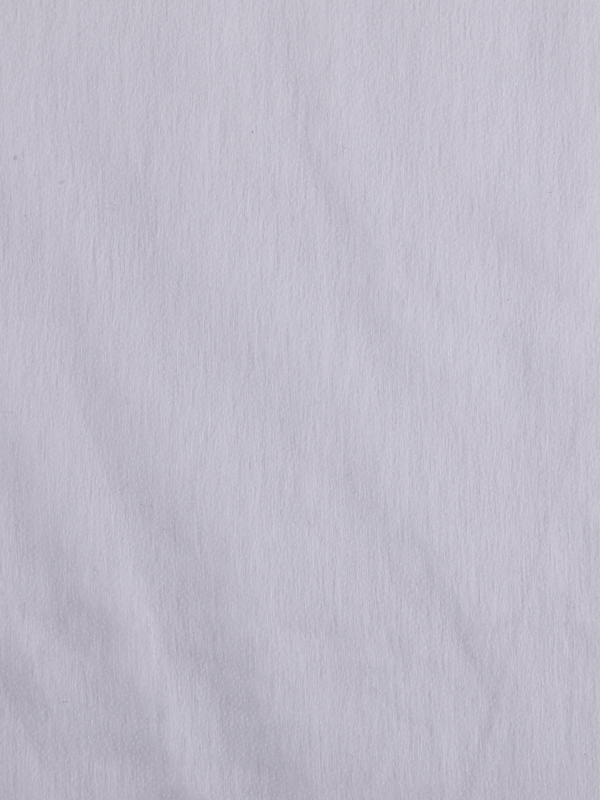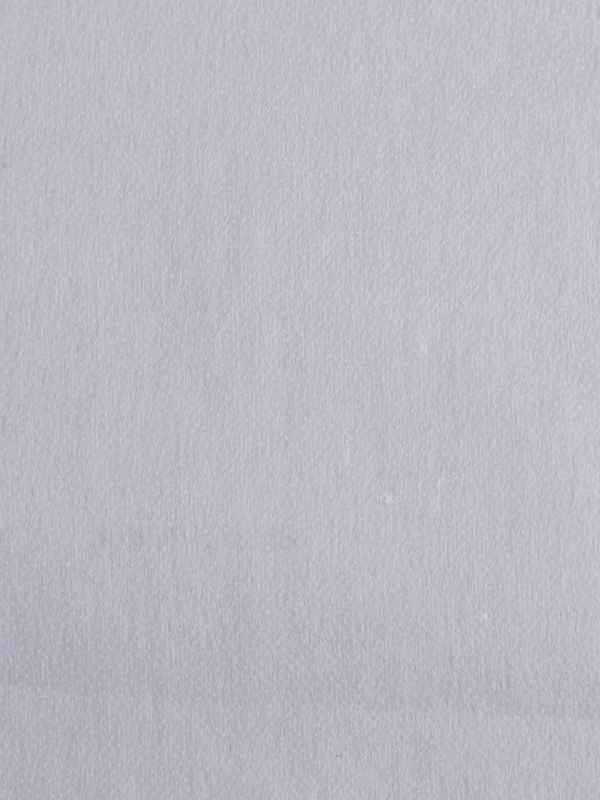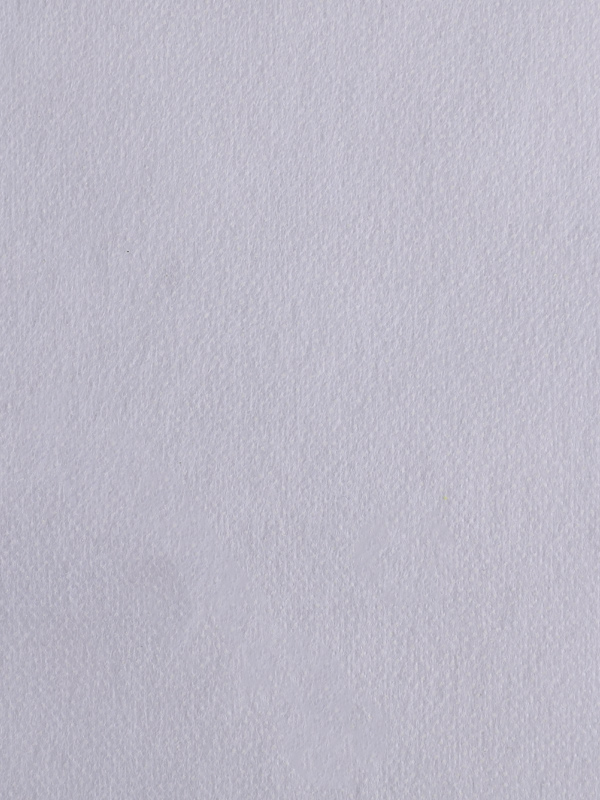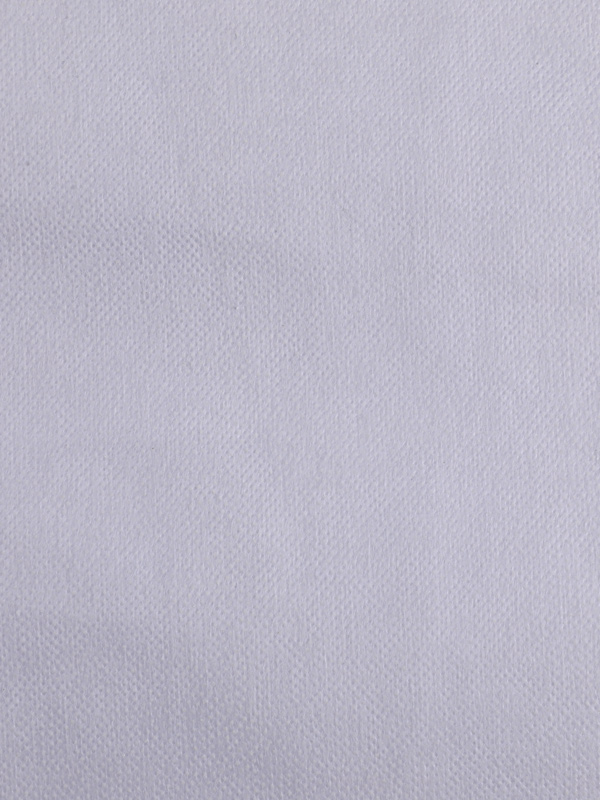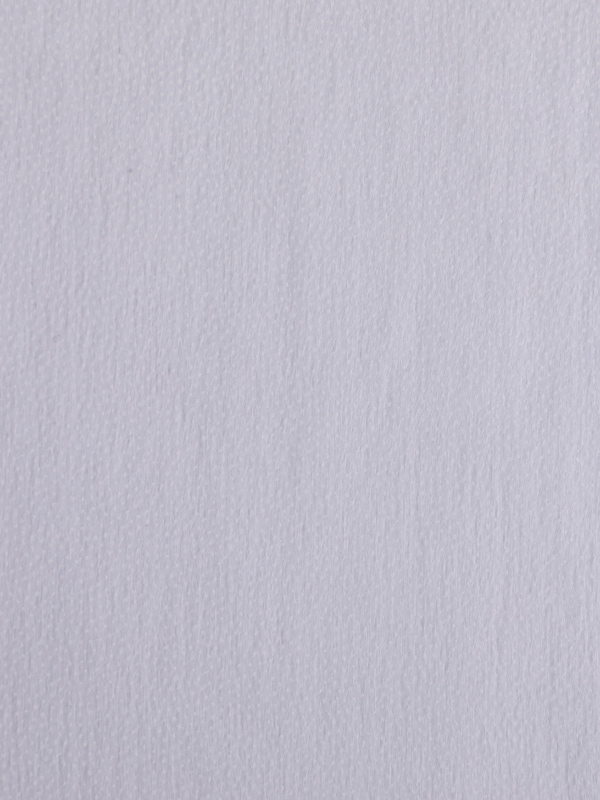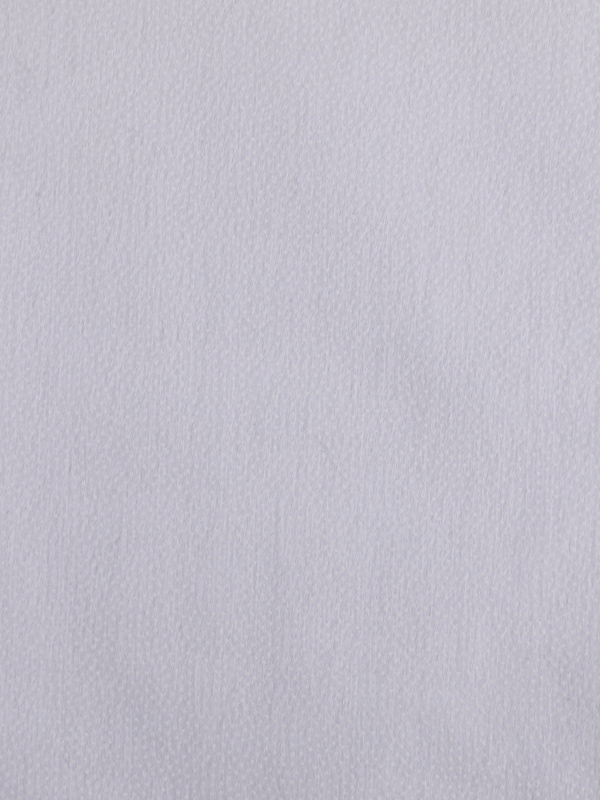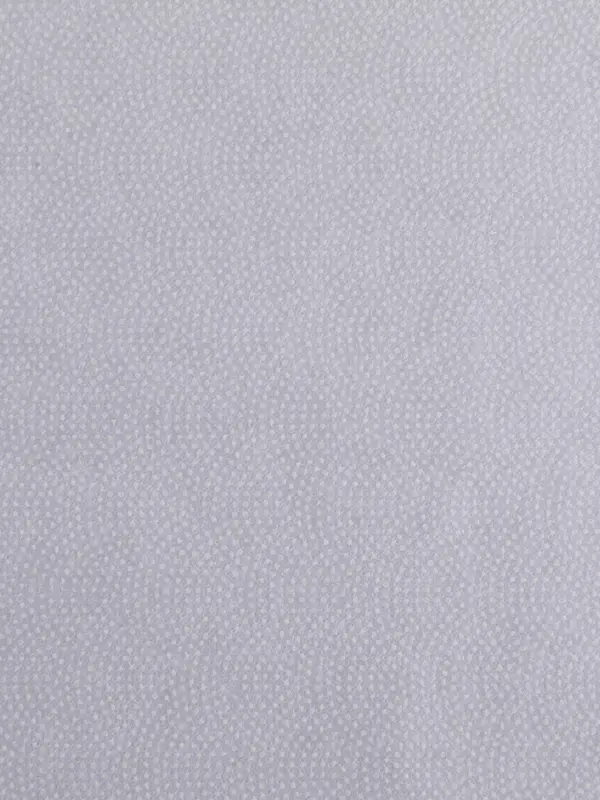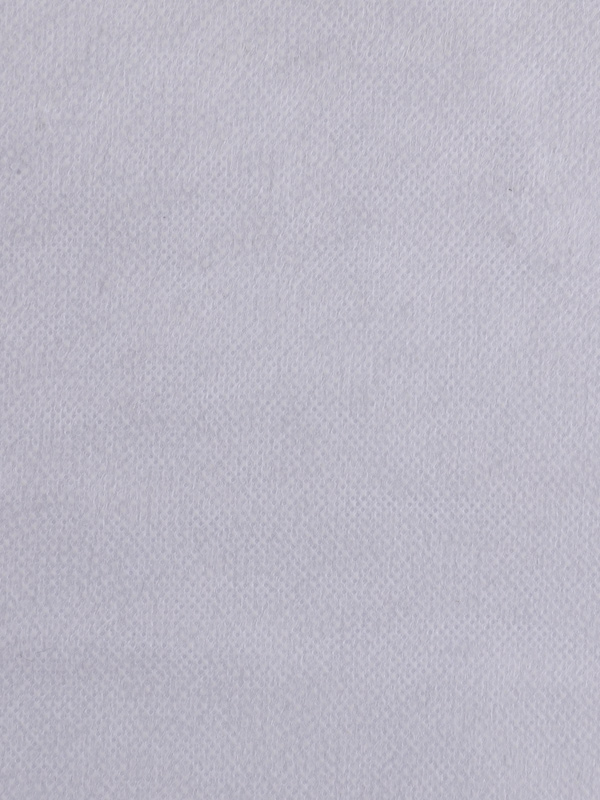Interlining is a layer of material that is located between the outer cloth and the liner of a garment or textile item. It gives support, shape, and balance to the material, enhancing its look and sturdiness. Interlining can be sewn or fused onto the fabric, and there are various kinds available, such as woven, non-woven, and knitted interlinings.
Woven fusible interlining is created through bonding a skinny layer of adhesive to a woven cloth, typically made from polyester or cotton. The adhesive facet is carried out to the wrong aspect of the outer cloth and then fused the use of heat and stress, resulting in a permanent bond between the interlining and the material.
The weight of the fabric determines the kind of interlining that have to be used. Lightweight fabric, which include silk, chiffon, or light-weight cotton, require a lightweight fusible interlining to provide guide and structure without including bulk. Heavyweight fabric, along with denim, corduroy, or upholstery material, need a heavyweight fusible interlining to make certain enough balance and sturdiness.
Using an appropriate weight of interlining is essential to attain the favored results in a garment or fabric object. If a light-weight cloth is paired with a heavyweight interlining, the interlining can be too stiff and thick, causing the cloth to lose its drape and creating unwanted bulk. On the other hand, using a light-weight interlining on heavyweight cloth might not provide sufficient support, ensuing in a limp and shapeless garment.
When choosing a woven fusible interlining, it is crucial to don't forget the weight, flexibility, and colour compatibility with the outer cloth. The weight of the fusible interlining ought to be chosen based at the weight of the material. Lightweight fabric ought to be paired with lightweight interlinings, while heavyweight fabrics require heavyweight interlinings.
Flexibility is every other vital element to keep in mind. The fusible interlining have to provide the important structure and aid to the cloth with out proscribing its movement. The interlining ought to bend and drape with the material, making sure that the garment retains its natural motion and comfort.
Color compatibility is likewise critical in accomplishing a expert finish. The coloration of the fusible interlining have to carefully in shape the shade of the outer fabric. If the interlining is even barely visible, it can detract from the overall look of the garment or fabric item.
In addition to weight, flexibility, and shade compatibility, different factors to don't forget whilst selecting a woven fusible interlining include breathability and care commands. Some fabric, in particular those supposed for clothing, require interlinings that allow for airflow to prevent discomfort and permit the cloth to breathe. Additionally, the fusible interlining ought to be well suited with the fabric's care instructions, making sure that the final product can be without problems maintained and wiped clean.
In end, woven fusible interlining can be utilized in each lightweight and heavyweight fabrics. However, it is crucial to pick the proper weight, flexibility, and coloration compatibility for most appropriate consequences. By thinking about those factors, possible make certain that the interlining presents the vital help and structure with out compromising the appearance and luxury of the cloth.
